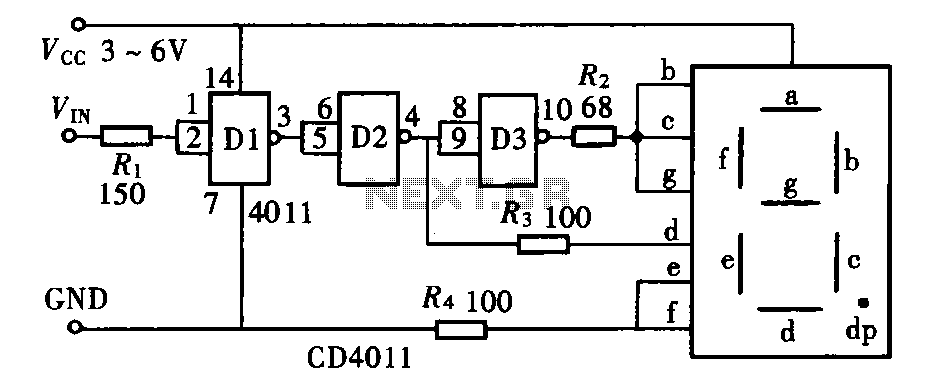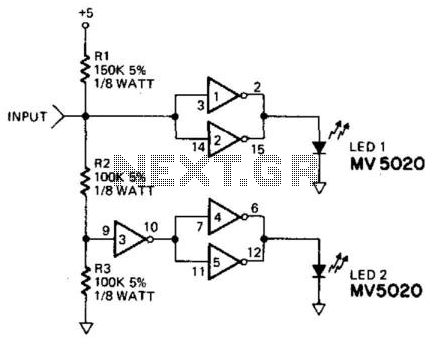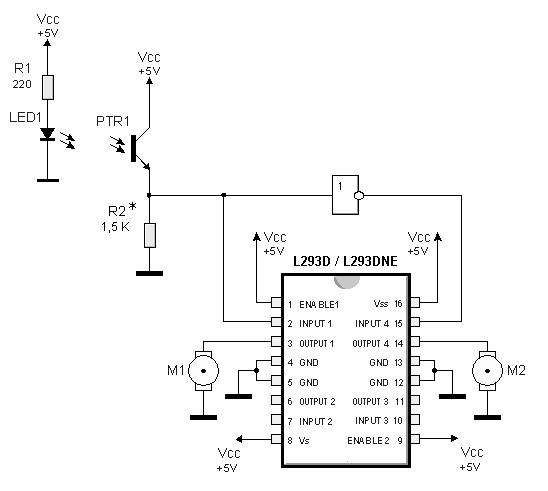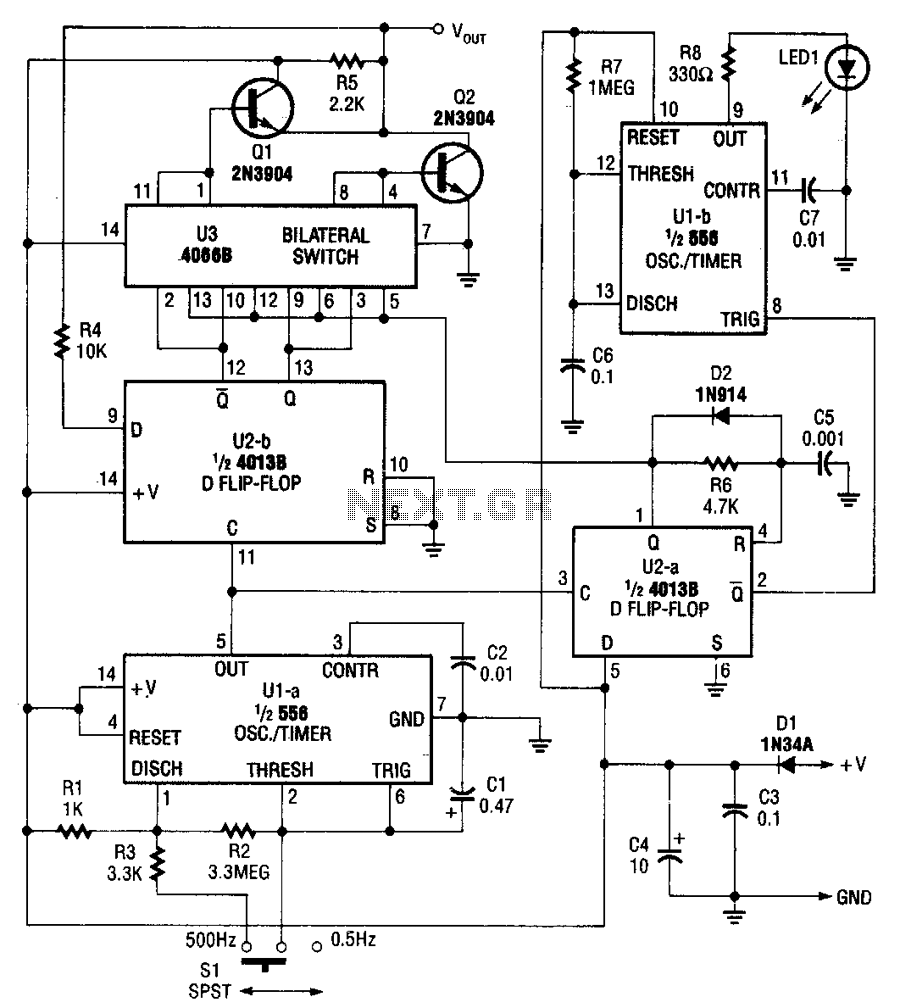
Commodore 64 Reset Logic
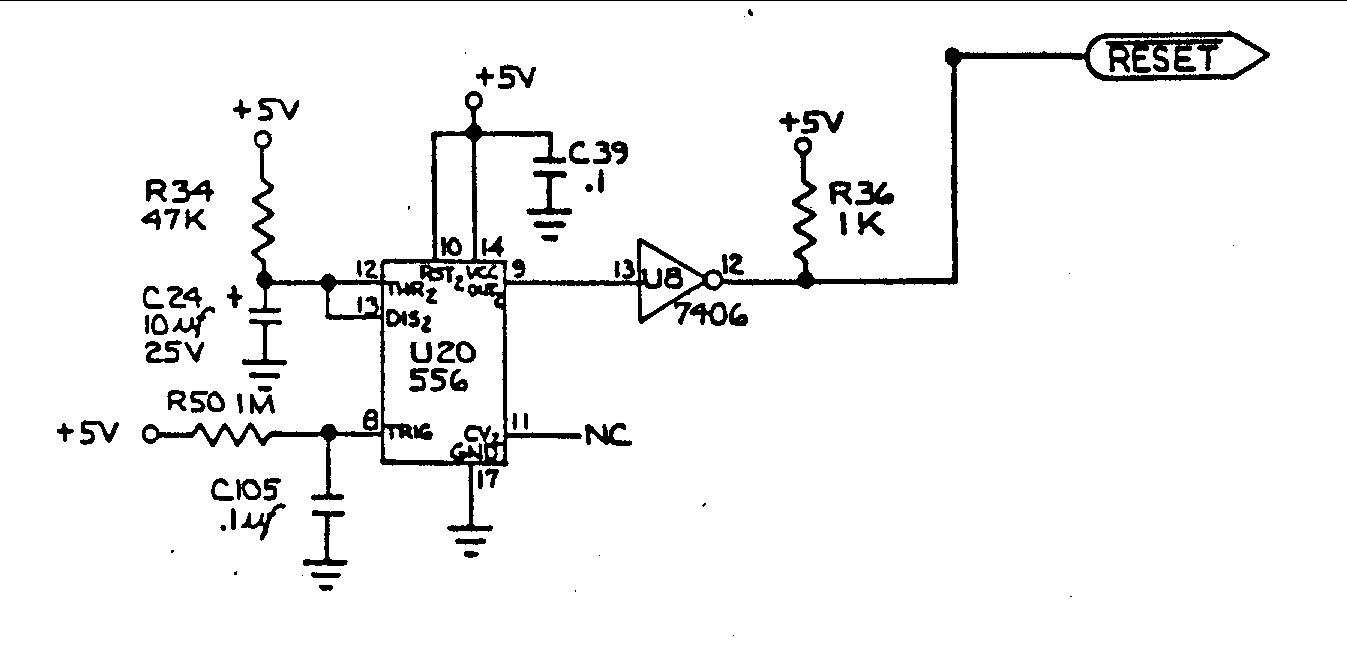
U20 is a 556 timer configured as a one-shot multivibrator. The output pulse width is determined by the values of R34 and C24, calculated as Pulse width = 1.1 x R34 x C24, resulting in a duration of 0.5 seconds. The output on pin 9 is "high" active, while the output of U8 is "low" active. The reset function initializes all processor logic and causes the processor to load the program counter register with the address of the first instruction of the operating system program known as the KERNAL. The starting address is stored in memory locations $FFFC and $FFFD. The first instruction is decoded and executed, granting control of computer operations to the KERNAL. The reset pulse is generated when the power is turned on.
The U20 component operates as a 556 timer, which is a dual timer integrated circuit. In this configuration as a one-shot multivibrator, it generates a single output pulse in response to a triggering event. The pulse width is crucial for timing applications and is determined by the external resistor R34 and capacitor C24. The formula for calculating the pulse width indicates that the timing can be adjusted by changing the values of R34 and C24, allowing for flexible timing control in the circuit.
The output from pin 9 of U20 being "high" active means that when the timer is triggered, this pin will output a high voltage level for the duration of the pulse width, which can be utilized to activate other components in the circuit. Conversely, the output from U8 being "low" active indicates that it will output a low voltage level to signify a specific condition or state in the circuit.
The reset function plays a critical role in initializing the processor. Upon powering the device, the reset pulse is generated, which clears the processor's state and prepares it for operation. The program counter register is loaded with the starting address of the KERNAL, which is essential for the computer to begin executing the operating system. The addresses $FFFC and $FFFD are specifically designated for storing this starting address, ensuring that the processor knows where to begin its execution sequence. The KERNAL then takes control of the computer operations, managing various tasks and resources as needed. This initialization sequence is fundamental for the proper functioning of the computer system.U20 is a 556 timer configured as a one shot multivibrator. The output pulse width is determined by the size of R34 and C24. Pulse width = 1. 1 x R34 x C24 =. 5 seconds. The output on pin 9 is "high" active. The output of U8 is "low" active. Reset initializes all the processor logic and causes the processor to load the program counter register withthe address of the first instruction of the operating system program called the KERNAL. The starting address is stored in locations $FFFC and $FFFD. The first instruction is decode and executed giving KERNAL control of the computer operations. The reset pulse occurs when turning the power on to the computer. 🔗 External reference
The U20 component operates as a 556 timer, which is a dual timer integrated circuit. In this configuration as a one-shot multivibrator, it generates a single output pulse in response to a triggering event. The pulse width is crucial for timing applications and is determined by the external resistor R34 and capacitor C24. The formula for calculating the pulse width indicates that the timing can be adjusted by changing the values of R34 and C24, allowing for flexible timing control in the circuit.
The output from pin 9 of U20 being "high" active means that when the timer is triggered, this pin will output a high voltage level for the duration of the pulse width, which can be utilized to activate other components in the circuit. Conversely, the output from U8 being "low" active indicates that it will output a low voltage level to signify a specific condition or state in the circuit.
The reset function plays a critical role in initializing the processor. Upon powering the device, the reset pulse is generated, which clears the processor's state and prepares it for operation. The program counter register is loaded with the starting address of the KERNAL, which is essential for the computer to begin executing the operating system. The addresses $FFFC and $FFFD are specifically designated for storing this starting address, ensuring that the processor knows where to begin its execution sequence. The KERNAL then takes control of the computer operations, managing various tasks and resources as needed. This initialization sequence is fundamental for the proper functioning of the computer system.U20 is a 556 timer configured as a one shot multivibrator. The output pulse width is determined by the size of R34 and C24. Pulse width = 1. 1 x R34 x C24 =. 5 seconds. The output on pin 9 is "high" active. The output of U8 is "low" active. Reset initializes all the processor logic and causes the processor to load the program counter register withthe address of the first instruction of the operating system program called the KERNAL. The starting address is stored in locations $FFFC and $FFFD. The first instruction is decode and executed giving KERNAL control of the computer operations. The reset pulse occurs when turning the power on to the computer. 🔗 External reference
